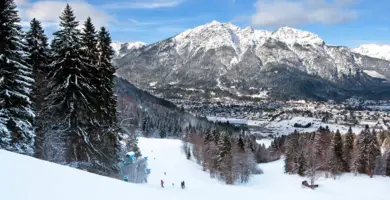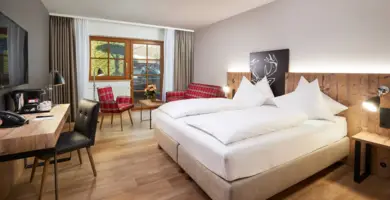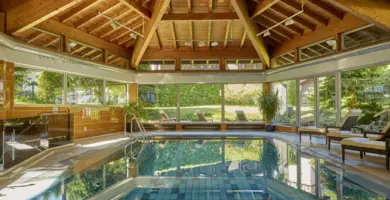Everything on site in Garmisch
Central location
HYPERION Hotel Garmisch-Partenkirchen
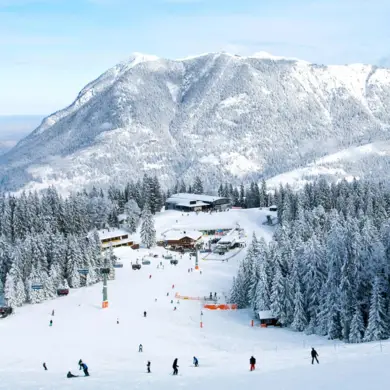
Ideal for winter sports enthusiasts
The HYPERION Hotel Garmisch-Partenkirchen is located directly in the town center of Garmisch and can therefore offer its guests all the advantages of the historic town center with its many stores and cafes. The cross-country ski trails and ski lifts are just a few minutes' walk from the hotel, which makes it even more interesting for winter sports enthusiasts.
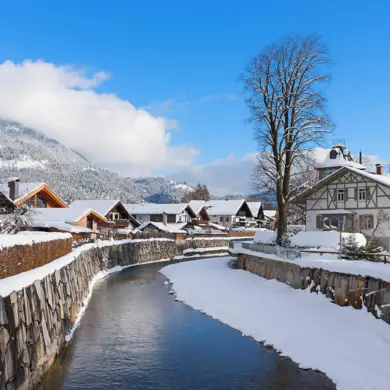
On the border with Austria
The hotel is easy to reach both by car and by train. About an hour's drive from Munich, you can easily reach the well-known winter sports resort near the Austrian border via the A95 highway. Guests will find parking spaces directly at the hotel. The train station is only around 500 m from the hotel.
Zugspitze
Tickets
at the HYPERION Hotel Garmisch-Partenkirchen
Spend a day at an altitude of almost 3,000 meters on the Zugspitze and enjoy a unique Alpine panorama as well as numerous activities. The Zugspitze Ticket takes you to the summit of Germany's highest mountain and includes the return journey. The journey there is an experience in itself - you decide how you want to get there: Whether you take the Zugspitze cable car, which takes you directly to the highest point, or first take the cogwheel railroad from Garmisch-Partenkirchen in serpentines up to the Zugspitzplatt.
From there, take the glacier cable car past the impressive glacier to the summit of the Zugspitze. You can book your Zugspitze tickets for this fantastic experience on site at the HYPERION Hotel Garmisch-Partenkirchen.
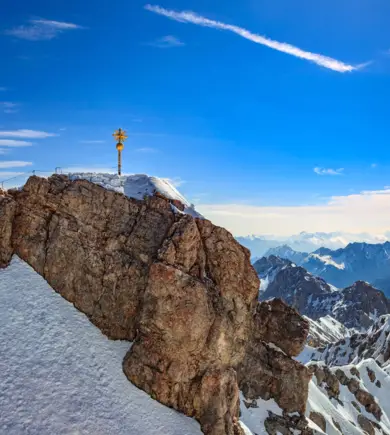
Active vacation
at the HYPERION Hotel Garmisch-Partenkirchen
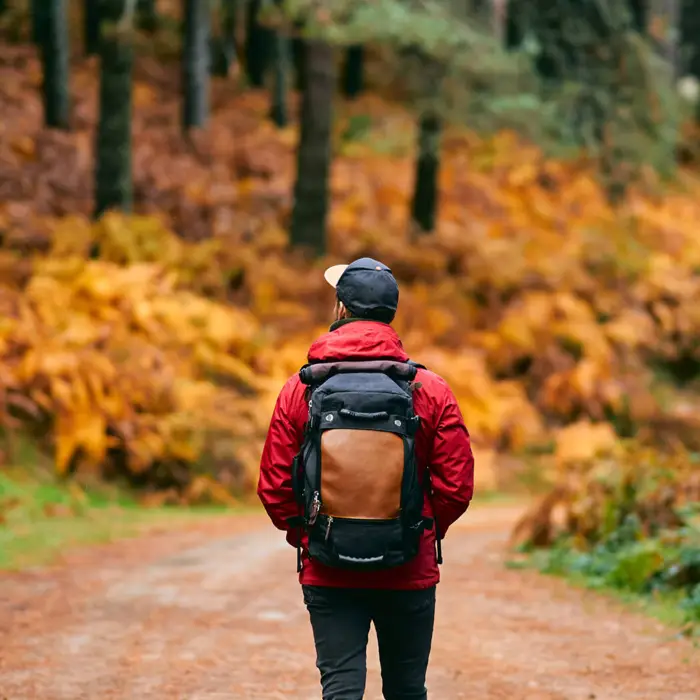
Looking for a hiking hotel or ski hotel in Garmisch-Partenkirchen?
Whether you're a winter sports enthusiast, hiking fan or nature lover - active vacationers get their money's worth around our hotel in Garmisch-Partenkirchen. Our hotel is just as popular as a starting point for hikes to the Zugspitze in summer as it is for skiing vacations in winter. But you don't have to exert yourself to enjoy the fascinating mountain panorama: You can also reach the nearby Alpspitze with the help of the Alpspitzbahn, a cable car that takes you to the summit of the mountain massif in a short time.

Linderhof Castle near Garmisch-Partenkirchen
The castle of the former Bavarian King Ludwig II in Ettal in southern Bavaria is the smallest of three castles. Completed during his lifetime, Linderhof Castle near Garmisch-Partenkirchen, built in the French style of pleasure palaces, was Ludwig II's main residence.
Today, Linderhof Castle attracts hundreds of thousands of tourists every year. The castle is particularly impressive due to its well-tended, lush gardens with the famous Neptune Fountain on the Venusberg. The interior of the castle houses the former king's ornately and elegantly furnished rooms. Linderhof Castle is half an hour's drive from the HYPERION Hotel Garmisch-Partenkirchen.

Alpine World Cup in Garmisch-Partenkirchen
Once a year, the time has come: the FIS Alpine Ski Circus starts in Garmisch-Partenkirchen! The participating skiers are just as eager for the powder snow as the spectators on the slopes.
It's all set! This call echoes across the fascinating mountain world, across lonely gorges and snow-covered valleys. The challenging courses of the Alpine World Cup are ready for the athletes for slalom, giant slalom, super-G and downhill races. Be there when the top athletes hurtle down the slopes at breakneck speed. We look forward to welcoming you to our HYPERION Hotel Garmisch-Partenkirchen for your stay!
Contact us
Our location
HYPERION Hotel Garmisch-Partenkirchen
00800 87 333 737
(toll-free)
- General information
- Reservation & Booking
[email protected]
- General information
- Reply within 24 hours
» Directions by car
Open route planner in Maps
» Arrival by train Connection overview with Maps
» Travel agency
Complete packages incl. travel, hotel & activities
